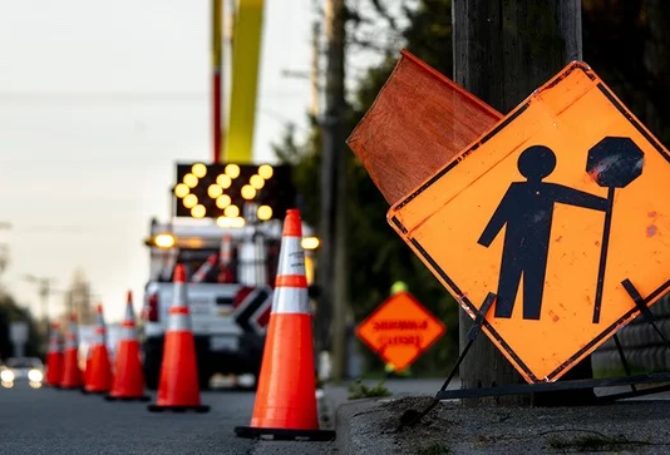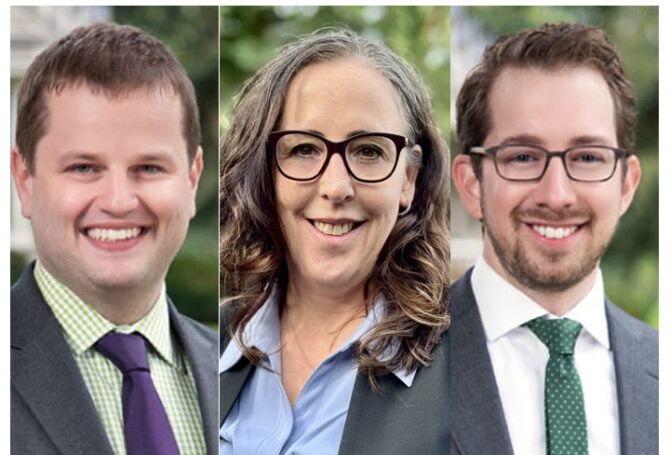
News coverage of the $1.2 trillion Infrastructure Investment and Jobs Act centered on how much it will cost. In its advocacy for local governments, port districts and transit agencies, CFM focused on how much the investment is needed.
“We don’t advocate in terms of big, round numbers,” explains Joel Rubin, CFM partner who heads the firm’s federal affairs team in Washington, DC. “Our job on behalf of clients was to help lawmakers see how big the need is and how investments would be made in the communities they represent in Congress.”
Our job on behalf of clients was to help lawmakers see how big the need is and how investments would be made in the communities they represent in Congress.
The results are impressive – Oregon will receive $3.4 billion and Washington $8.6 billion in formula funds for highways, bridges, broadband, EV charging stations and more. Those totals will increase as the states and local governments successfully compete for discretionary funds.
“The legislation is like a layered cake, consisting of a stack of different federal programs with different objectives,” Rubin says. “This is a transformational investment that will help states and local communities upgrade their infrastructure, create good-paying jobs and maintain competitiveness.”
Rubin and the CFM Federal Affairs team provided detailed summaries of the legislation in complementary Under the Dome and Oregon Insider blog posts this week.

“The Infrastructure Investment and Jobs Act is not legislation that can be summarized in a paragraph or two because the problems it addresses are complex and variable across the nation,” Rubin says. “We prepared the blogs to inform our clients, but also to help the general public see how much thought and consideration by congressional leaders went into the many provisions in the legislation.”
The bill’s provisions and bottom line were hammered out in the Senate during the summer, when it passed with a bipartisan 69-30 vote. Its fate in the House was tied to the even larger Build Back Better initiative rendered in a budget reconciliation resolution, which led to delays and legislative maneuvering. The Infrastructure Investment and Jobs Act passed the House on a late-night vote, aided by 13 Republican ‘yes’ votes. President Biden is expected to sign the legislation into law this week.
“The debates and delays generated a rollercoaster of emotions, but final passage should put the doubts and doomsday predictions in the rear-view mirror,” Rubin insists. “The challenge now, as it should be, is to put the investments to work as quickly and as wisely as possible. Our role as advocates will now shift to advising our municipal clients how to take advantage of the enriched programs that Congress authorized.”
In addition to Rubin, the CFM Federal Affairs team includes Michael Skipper and Kirby Garrett, who are also based in Washington, DC, and David Hodges, who works out of Vancouver, Washington.




